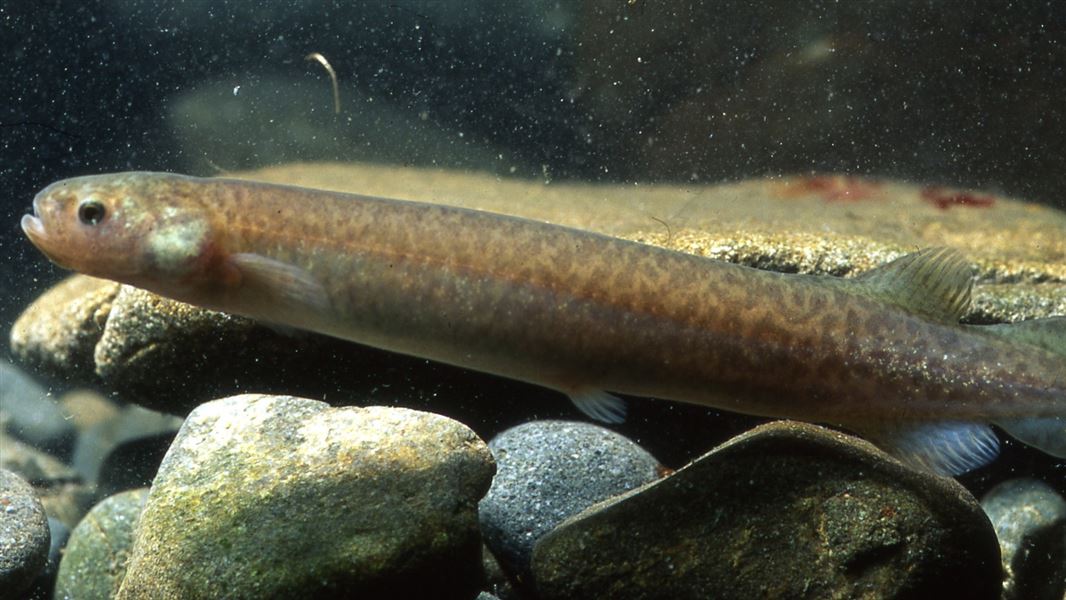Adult fish are found in many different habitats across the country. Giant kōkopu and inanga tend to live in lowland rivers, streams and wetlands. Kōaro are able to 'climb' up waterfalls, so they can travel further inland and live in high mountainous, bouldery streams. Mudfish live in swampy areas like wetlands and slow-flowing streams.
New Zealand's native freshwater fish are often secretive and can be hard to find. They tend to feed at night and hide during the day under logs, boulders, riverbanks and vegetation.
The fish can be separated into two groups:
- Migratory: fish that move between freshwater in rivers and streams and the sea to complete their lifecycles (26 species).
- Non-migratory: fish that spend their whole lives in freshwater (25 species).
The largest family of freshwater fish is the Galaxiidae, and there are migratory and non-migratory galaxiids. The name comes from the gold flecks and patterns on the bodies of some species that look like a galaxy of stars. Unlike most fish, galaxiids don’t have scales.
Inanga live in coastal creeks and streams, rivers, lagoons, lakes, estuaries and wetlands.
Banded kōkopu are a brown-red colour with pale vertical stripes (bands) across the sides and back of their bodies.
Giant kōkopu are the world’s largest galaxiid.
These rare, native fish are only found in Aotearoa New Zealand.
Most non-migratory galaxiids live their entire lives in the stream or river where they hatched.
Kōaro have distinctive long, slim bodies that are covered in light and dark patches and bands.
There are seven species of bullies in New Zealand. They are found in a range of freshwater habitats.
Eels are long-lived fish that spend some of their lives in freshwater and some of it in the ocean. They live in most of Aotearoa New Zealand’s rivers and lakes.
Lamprey are primitive, jawless fish. They look like eels but are more closely related to sharks and rays.
New Zealand's mudfish are small, native freshwater fish, regarded as a treasure to iwi.
There are two species of smelt in New Zealand. Common smelt are found throughout the country and Stokell's smelt are only found in Canterbury. The two species can be difficult to distinguish.
Torrentfish are the most common fish in braided rivers, living in fast-flowing stretches of open rivers.
